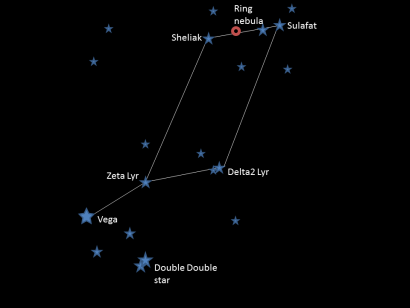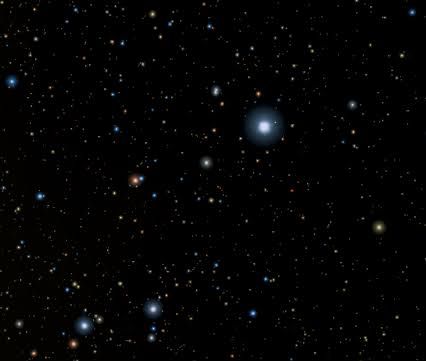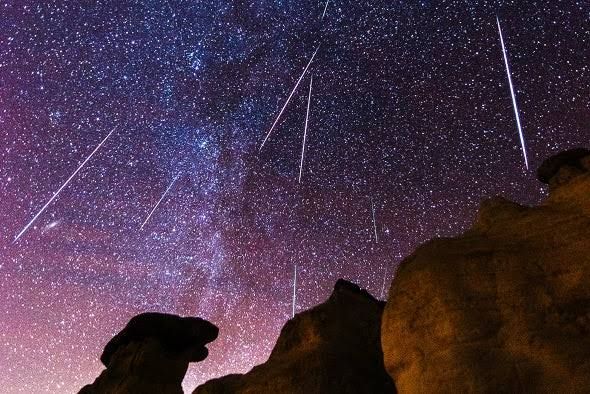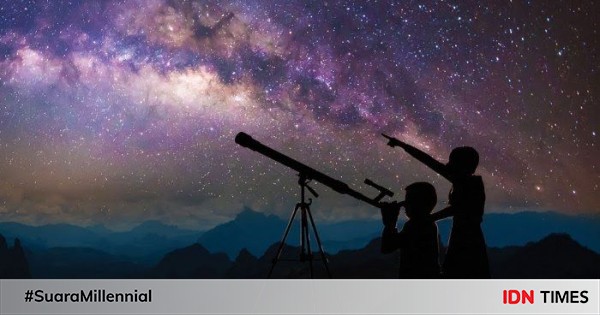The night sky is never boring for its lovers. Full of sparkling starlight which makes a beautiful view at night. However, this view can only be seen in areas with minimal light pollution.
One of the beauties of the night sky is the view of the constellations. They are groups of stars that when interconnected will form a certain pattern.
One that is quite popular is Lyra, which is often dubbed the constellation of the harp. Before you observe Lyra directly at night. Let’s take a look at the following five interesting facts.
1. Its name comes from Greek mythological culture
In Greek mythology, Lyra means lyre. This instrument was played by a musician named Orpheus after the god Apollo gave it to him. Orpheus was the son of King Oeagrus of Thrace.
Unfortunately, Orpheus was killed by Baccanthes because he did not respect Dionysus. Then the harp was thrown into the river. Compassionate Zeus ordered an eagle to take his harp and place them both in the sky as the constellation Lyra.
–
2. Consists of five main stars
 constellation Lyra (maas.museum)–
constellation Lyra (maas.museum)–
The constellation Lyra consists of five main stars which, when connected, form a lyre formation. The five stars are Vega, Shulafat, Sheliak, Zeta Lyrae, and Delta-2 Lyrae. Reported NASA, Vega is the fifth brightest star in the night sky and is 25 light years from Earth.
Also Read: 7 Interesting Facts Behind the Beauty of the Night Constellations
–
3. Has many interesting astronomical objects
Continue reading the article below
Editor’s picks
–
 Ring Nebula (Doc. NASA)–
Ring Nebula (Doc. NASA)–
Not only stars, this constellation also has many amazing astronomical objects. The objects include M56, M57, NGC 6791, NGC 6745, and many others. M57, known to astronomers as a Messier object, is known as the Ring Nebula. You can see its appearance in the image above.
–
4. This constellation is easy to find
 constellation Lyra (constellation-guide.com)–
constellation Lyra (constellation-guide.com)–
This constellation is famous for one of its stars who are members of the summer triangle. Reported Earth Sky, this is a star triangle that shows summer is coming. The star in Lyra’s formation that was included in it was Vega. He along with two other stars, namely Deneb and Altair began to appear in June until the end of the year.
If you want to find this constellation, look to the northeast after sunset. If you find the brightest blue-and-white star, congratulations on finding the constellation Lyra. But if you are confused, use a star pointer application such as Stellarium or SkySafari.
–
5. The constellation Lyra is the radian point of the Lyrids meteor shower
 meteor shower illustration (scientificamerican.com)–
meteor shower illustration (scientificamerican.com)–
Another advantage of the constellation Lyra is that it is the point of origin of the Lyrids meteor shower. Reported Earth Sky, this phenomenon will appear every April 16 to 25 and its peak occurs on April 22 to 23 with the number of 10-15 meteors per hour. The meteor shower can be seen at the same time every year.
Reported Space, Lyrids . meteor shower comes from the debris of Comet Thatcher. It is a long-period comet that orbits the sun every 415 years. When it crosses Earth’s orbit, it leaves a trail of dust and rock that will enter the atmosphere as a meteor shower.
Those are a series of facts about the constellation Lyra. So are you ready to find it in the night sky? Good luck, eh!
Also Read: 8 Best Sky Events July 2021, Meteor Shower 2 Days
–
IDN Times Community is a medium that provides a platform for writing. All written works are the sole responsibility of the author.
–


